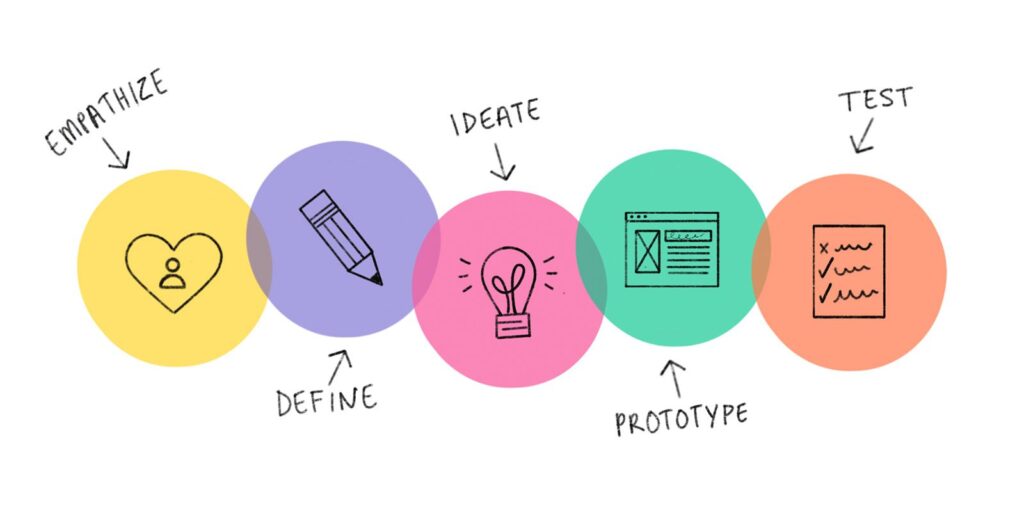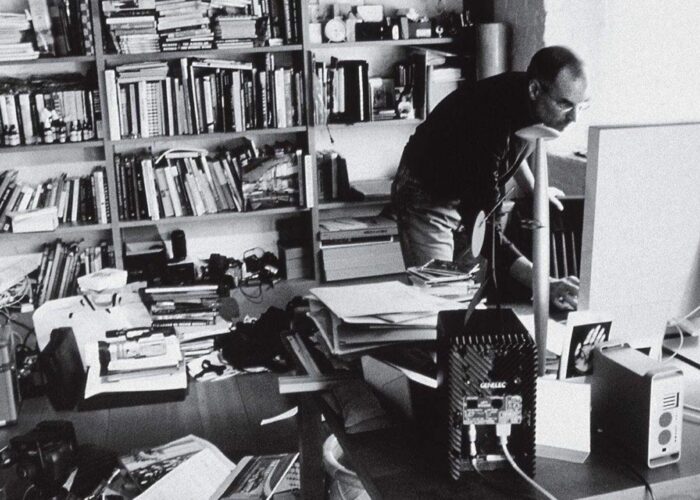Design thinking is a creative problem-solving approach that has been gaining popularity in recent years. It is a process that puts the user at the center and encourages designers to think outside the box. In this article, we will explore what design thinking is, how it works, and why it is becoming increasingly important in today’s world.
What is Design Thinking?
Design thinking is a problem-solving approach that is centered on the user. It is a human-centric approach that encourages designers to empathize with the user and understand their needs, wants, and motivations. The goal of design thinking is to develop innovative solutions that address the user’s needs and provide a better experience.
The design thinking process involves several stages, including empathy, definition, ideation, prototyping, and testing. Each stage is designed to help the designer gain a deeper understanding of the problem, generate ideas, and develop and refine solutions.
How Does Design Thinking Work?

The design thinking process is a cyclical one that involves several stages. The stages are not necessarily linear and can be revisited and revised as needed. The following is an overview of the five stages of the design thinking process.
Empathy
The first stage of the design thinking process is empathy. This stage involves gaining a deeper understanding of the user and their needs, wants, and motivations. This can be done through various methods, including observation, interviews, and surveys.
The goal of this stage is to develop empathy for the user and gain a deeper understanding of their needs. This understanding can then be used to develop solutions that address the user’s needs and provide a better experience.
Definition
The second stage of the design thinking process is the definition. This stage involves defining the problem and developing a problem statement. The problem statement should be concise and clearly define the problem that needs to be solved.
The goal of this stage is to develop a clear understanding of the problem that needs to be solved. This understanding can then be used to develop solutions that address the problem and provide a better experience.
Ideation
The third stage of the design thinking process is ideation. This stage involves generating ideas for solutions to the problem. This can be done through brainstorming sessions or other creative exercises.
The goal of this stage is to generate a large number of ideas and to think outside the box. The ideas generated should be diverse and should address the problem from different perspectives.
Prototyping
The fourth stage of the design thinking process is prototyping. This stage involves developing prototypes of the solutions that have been generated in the ideation stage. Prototypes can be physical or digital and can be used to test and refine the solutions.
The goal of this stage is to develop prototypes that can be tested and refined. The prototypes should be simple and should focus on the core features of the solution.
Testing
The fifth and final stage of the design thinking process is testing. This stage involves testing the prototypes that have been developed in the prototyping stage. Testing can be done through various methods, including user testing and feedback.
The goal of this stage is to test and refine the solutions that have been developed. Testing can help identify issues and areas for improvement, which can then be addressed in future iterations.
Why is Design Thinking Important?
Design thinking is becoming increasingly important in today’s world for several reasons. First, it encourages designers to think outside the box and develop innovative solutions that address the user’s needs. This can lead to better products and services and can help businesses stay ahead of the competition.
Second, design thinking is a human-centric approach that puts the user at the center. This can lead to products and services that are more intuitive and easier to use, which can lead to increased user satisfaction.
Finally, design thinking is a collaborative process that involves various stakeholders. This can lead to better







